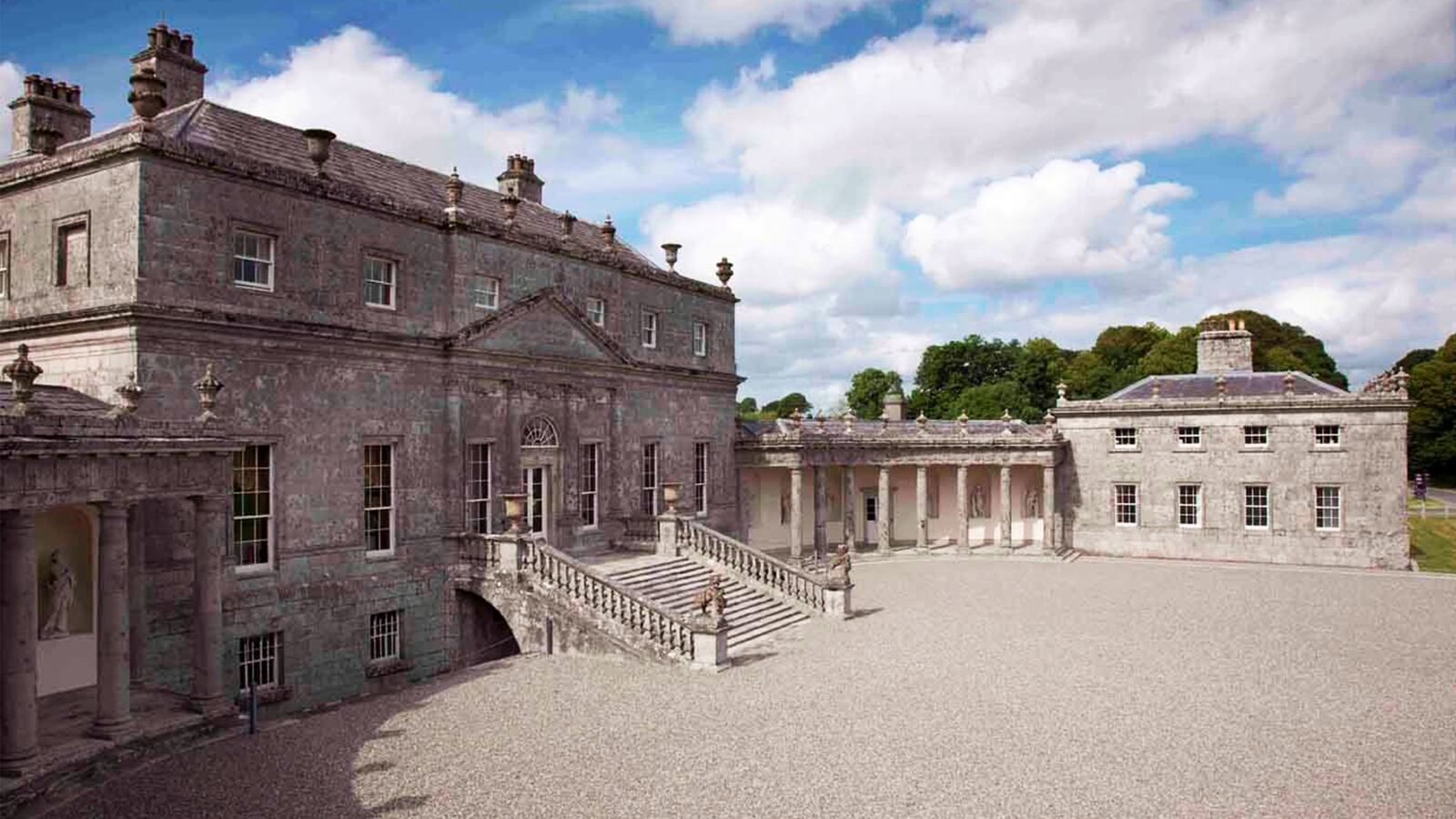Some might attribute Russborough House’s history to bad luck, and maybe that’s how it started. But the real problem was one of exposure.
After a gang of IRA

Some might attribute Russborough House’s history to bad luck, and maybe that’s how it started. But the real problem was one of exposure.
After a gang of IRA